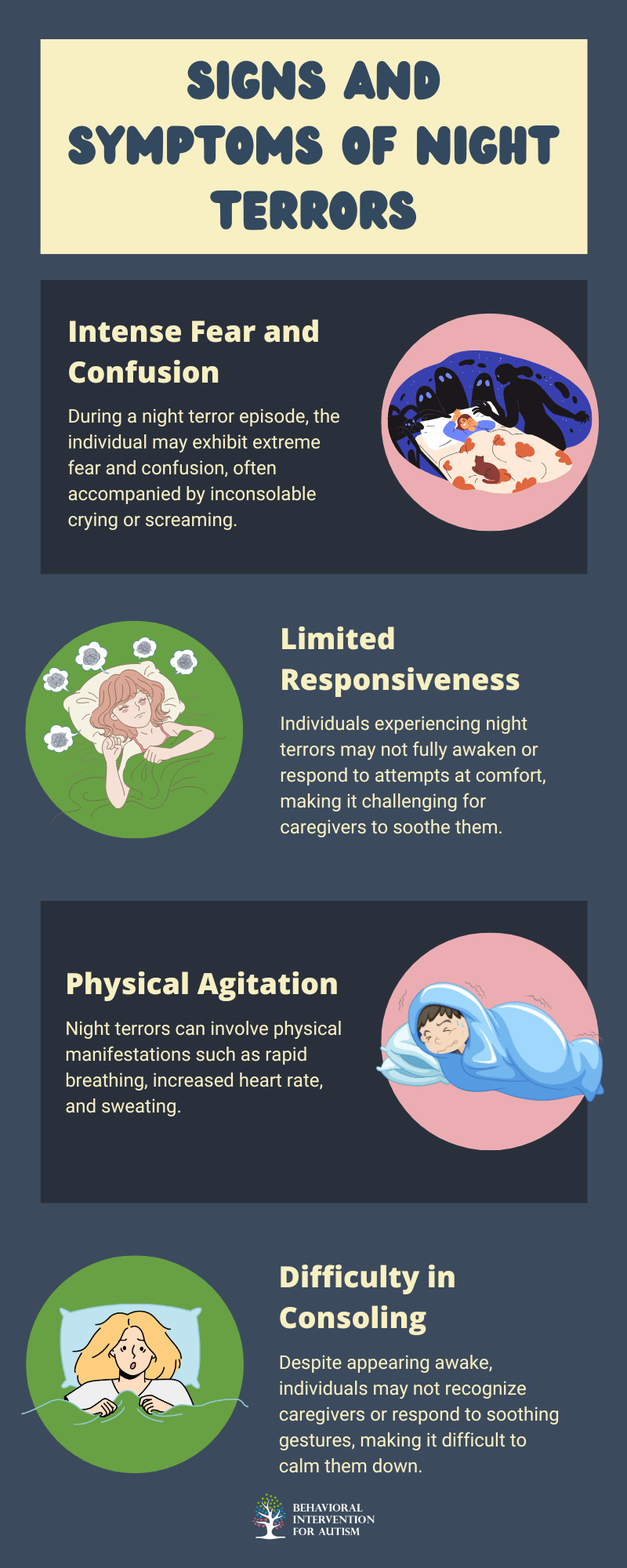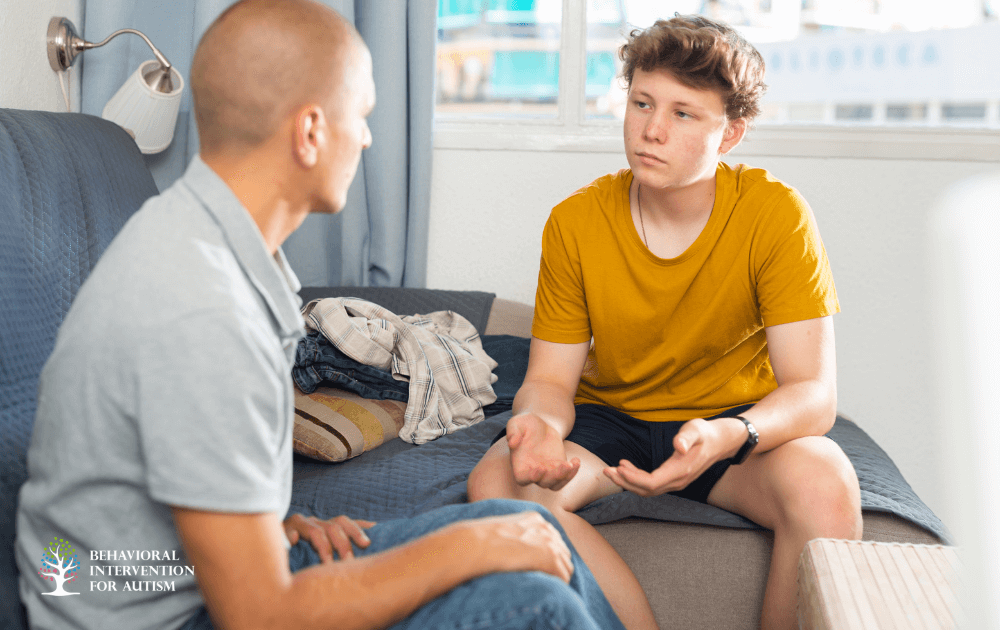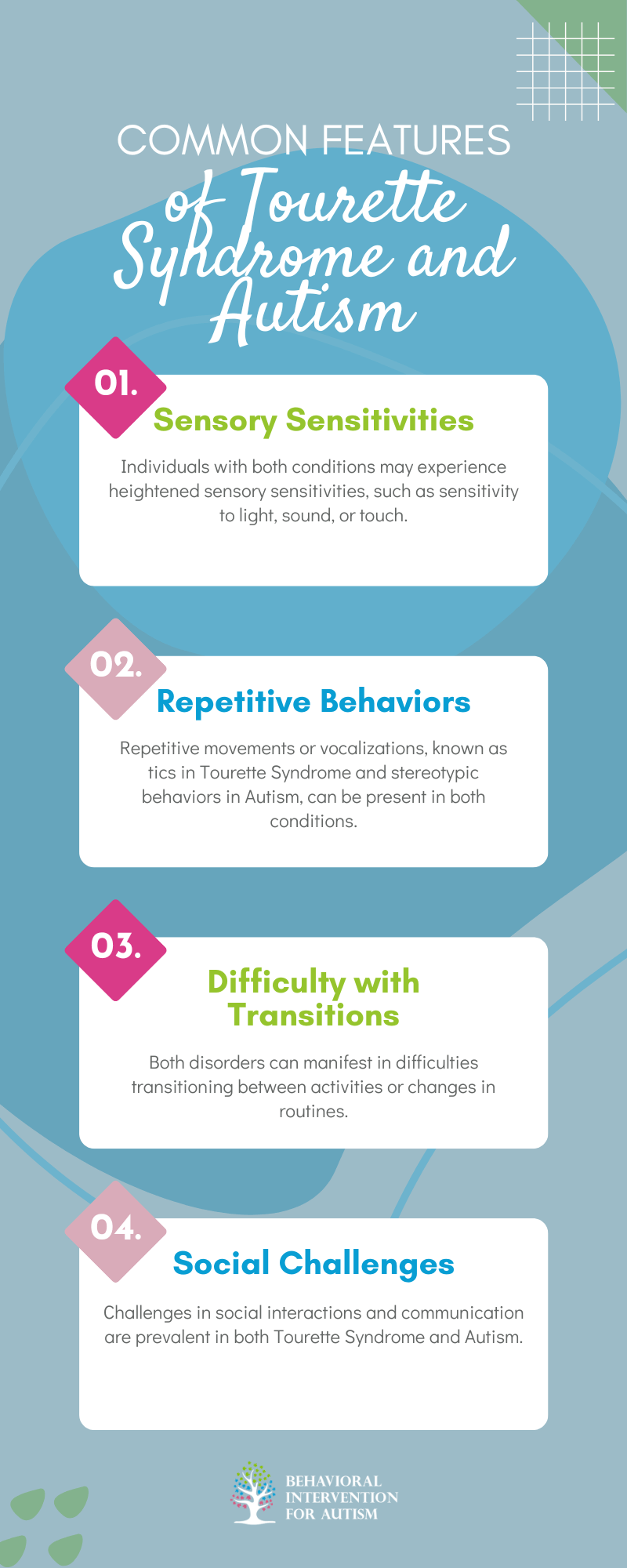Elon Property Management LLC (Elon), a property management company based in Lakewood, New Jersey, has been accused of violating federal law by retaliating against an employee for utilizing disability leave and implementing a policy that discriminates against employees with disabilities. These allegations were outlined in a lawsuit filed today by the U.S. Equal Employment Opportunity Commission (EEOC).
The EEOC’s lawsuit centers on claims that Elon retaliated against a district manager who took a medical leave of absence. Allegedly, upon her return, the company placed her on a performance improvement plan and penalized her for occupancy declines in the properties under her management—declines that occurred while she was on leave. This, the EEOC argues, exemplifies unjust retaliation.
Further, the EEOC asserts that Elon enforces a policy requiring employees to provide a full-duty release note from their physician and a physician-signed copy of their job description before being allowed to return to work after medical leave. This requirement, the lawsuit claims, effectively excludes employees who might need reasonable accommodations, such as modified duties or workplace adjustments, from resuming their roles. The EEOC alleges that these practices unlawfully discriminate against employees with disabilities.
These actions, as alleged, violate the Americans with Disabilities Act (ADA), which prohibits discrimination based on disability and mandates that employers provide reasonable accommodations for employees with disabilities. By enforcing policies that exclude individuals requiring accommodations and retaliating against an employee for taking medical leave, Elon is accused of fostering workplace practices that contribute to disability discrimination.
The EEOC filed its lawsuit (EEOC v. Elon Property Management Company, Case No. 8:24-cv-2939) in U.S. District Court for the Middle District of Florida. This legal action follows an attempt to resolve the issue through the EEOC’s pre-litigation conciliation process, which aims to reach settlements before litigation.
“According to available data, there are over 450,000 Floridians with a disability who are working,” said Kristen Foslid, regional attorney for the EEOC’s Miami District. “In order to retain these workers and comply with the law, employers must allow for a reasonable accommodations process under the ADA.”
The EEOC’s Tampa Field Office director, Tamra Schweiberger, emphasized, “Employers cannot retaliate against individuals for taking a medical leave of absence. Losing the ability to earn an income after a medical leave is devastating, and the EEOC will vigorously defend the rights of employees against disability discrimination.”
The EEOC has reaffirmed its commitment to addressing disability discrimination in the workplace, ensuring that employees with disabilities have equal access to opportunities without fear of retaliation or exclusion. For more information on disability discrimination, please visit EEOC’s Disability Discrimination Page.
The EEOC’s Miami District Office, which filed the lawsuit, oversees cases in Florida, Puerto Rico, and the U.S. Virgin Islands. This jurisdiction ensures that the rights of employees across diverse regions are protected against discriminatory practices.
The outcome of this lawsuit could have far-reaching implications, not only for Elon Property Management but for other companies that may employ similar policies or practices. The case serves as a stark reminder of the legal obligations employers have under the ADA to foster inclusive workplaces and avoid policies that result in disability discrimination.
Empower Growth with Personalized ABA Therapy
At Behavioral Intervention for Autism, we believe in unlocking every child’s potential through customized care. Our ABA therapy in Florida focuses on fostering meaningful development tailored to each individual’s needs. We combine proven techniques with compassionate support to create an engaging and effective therapeutic experience. By emphasizing communication, social skills, and independence, we help families witness lasting progress and build brighter futures. Trust our dedicated team to guide you every step of the way.
Ready to start your journey? Contact us today to learn how our ABA therapy services in Florida can make a positive impact on your family!



































